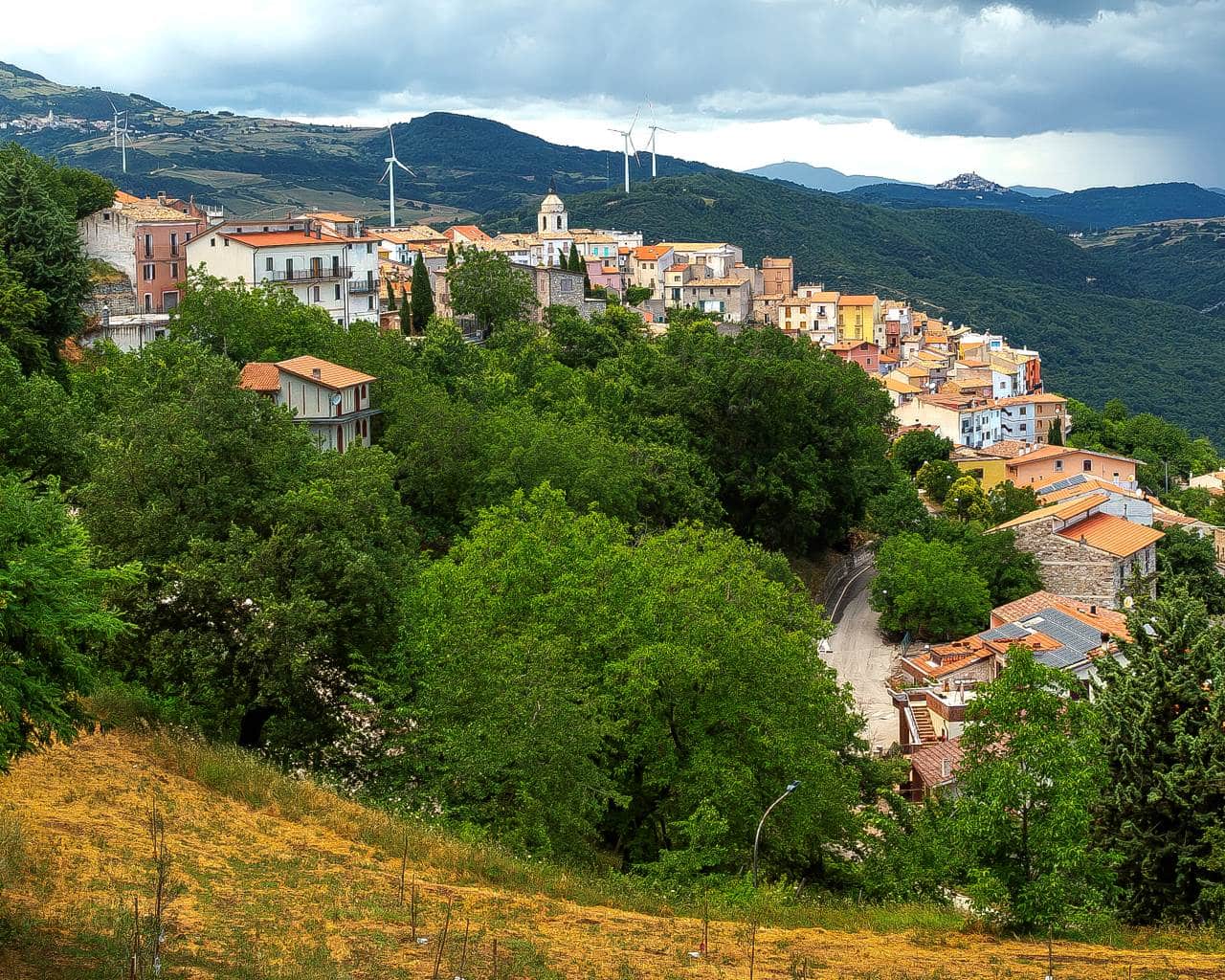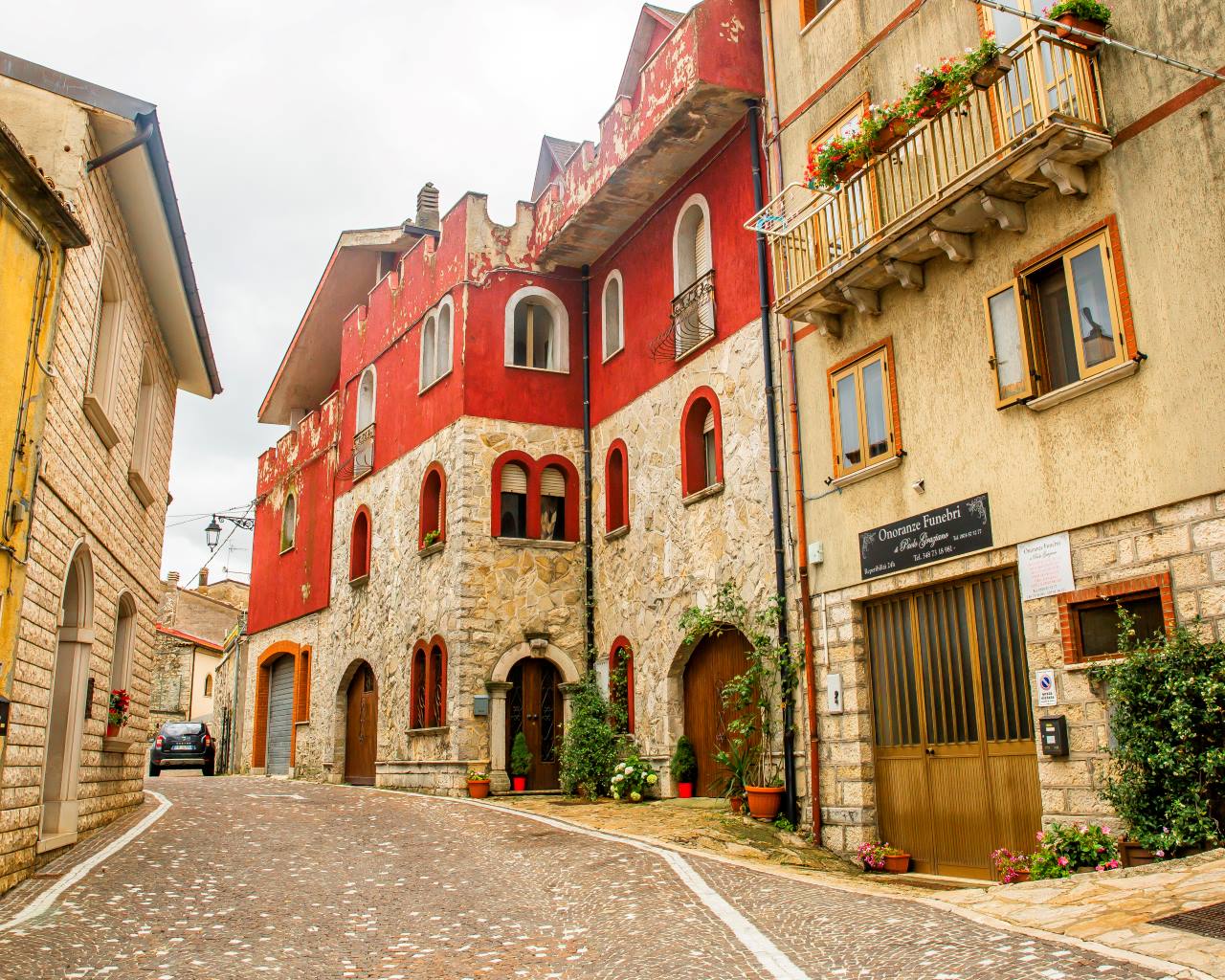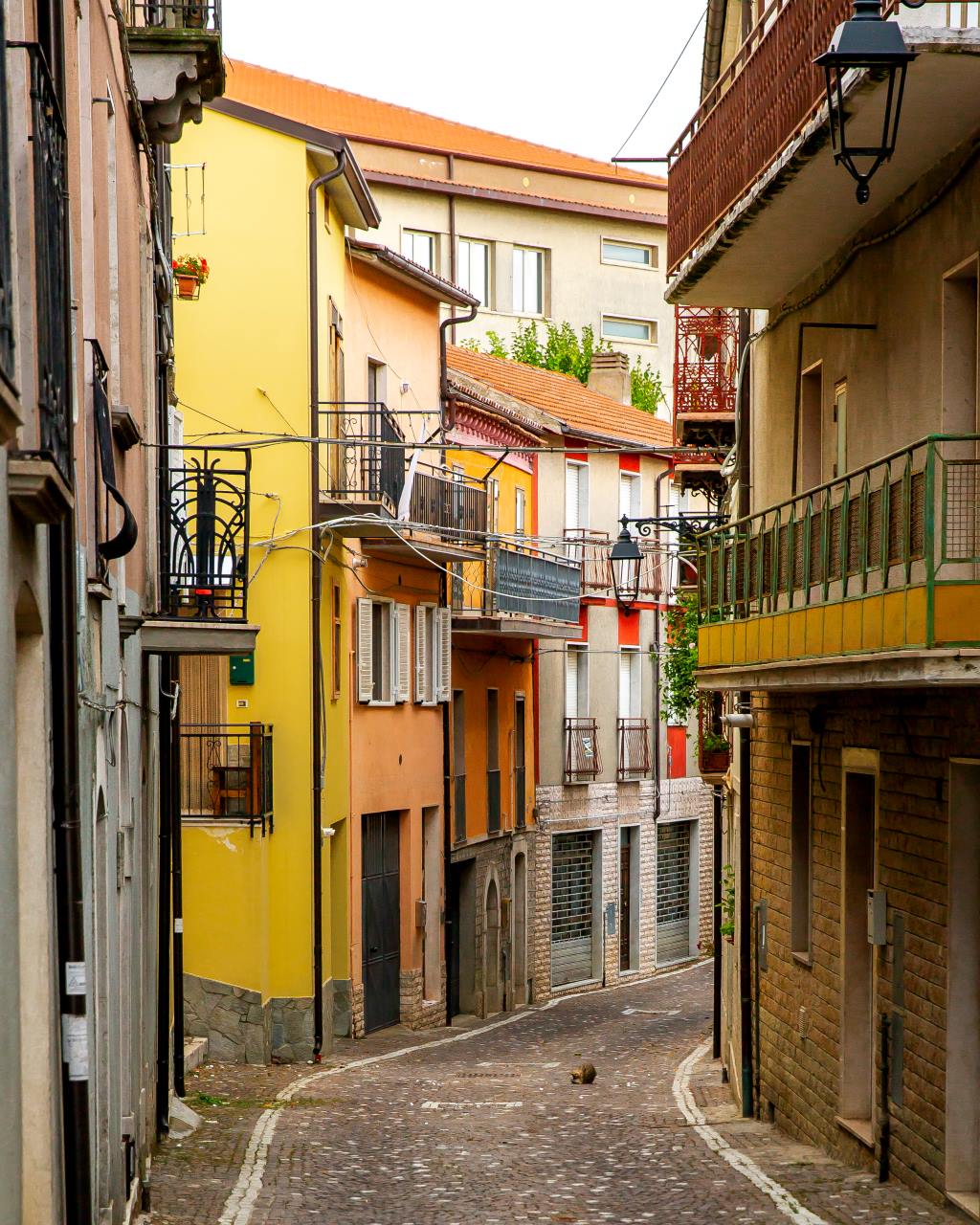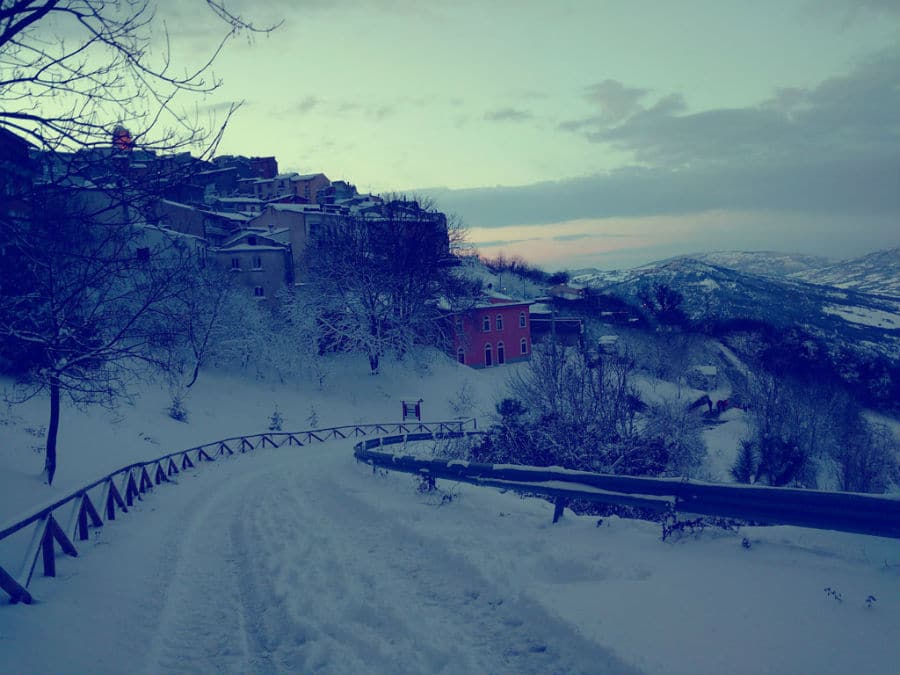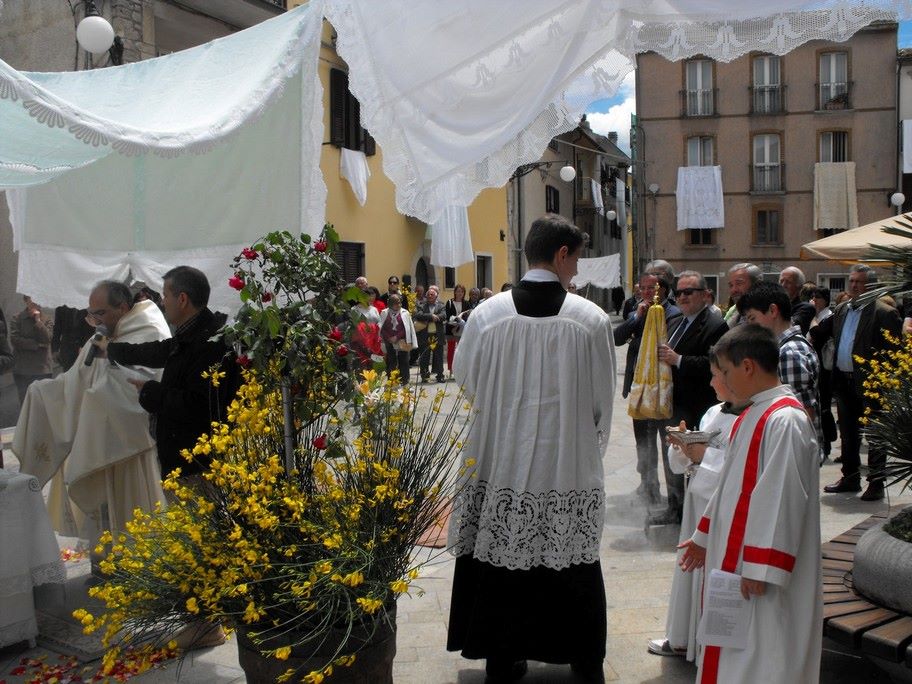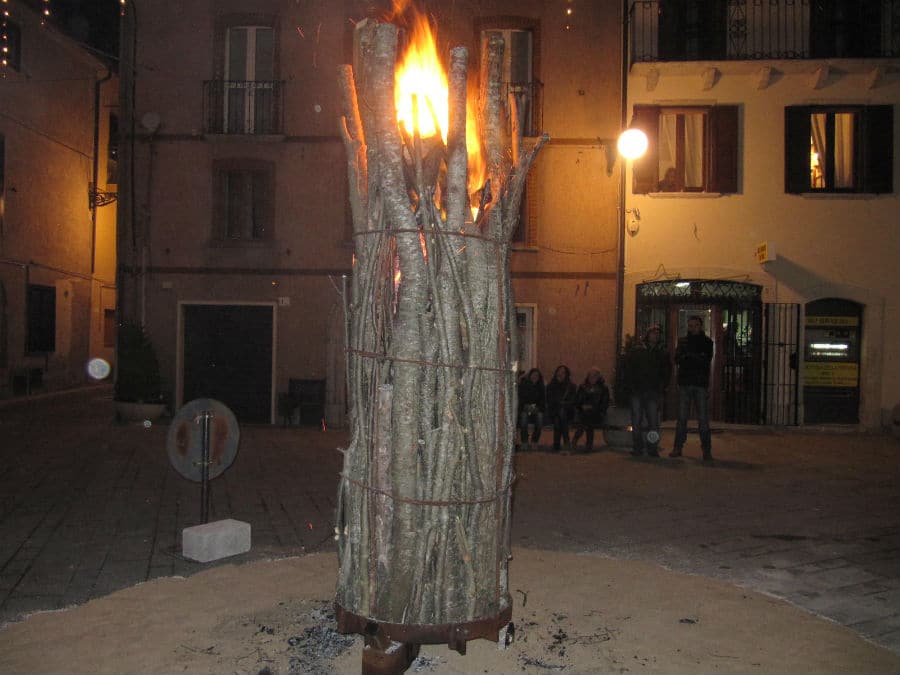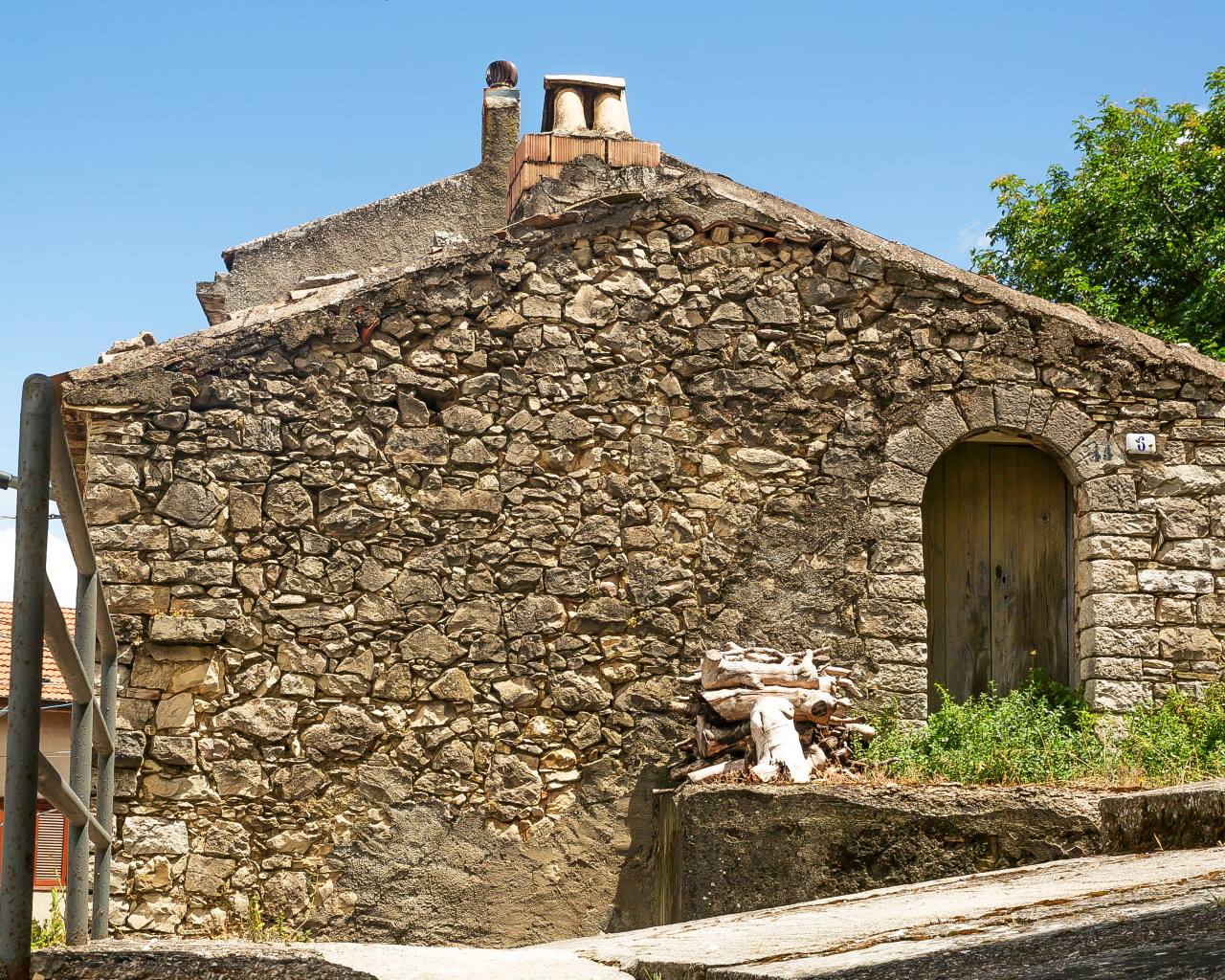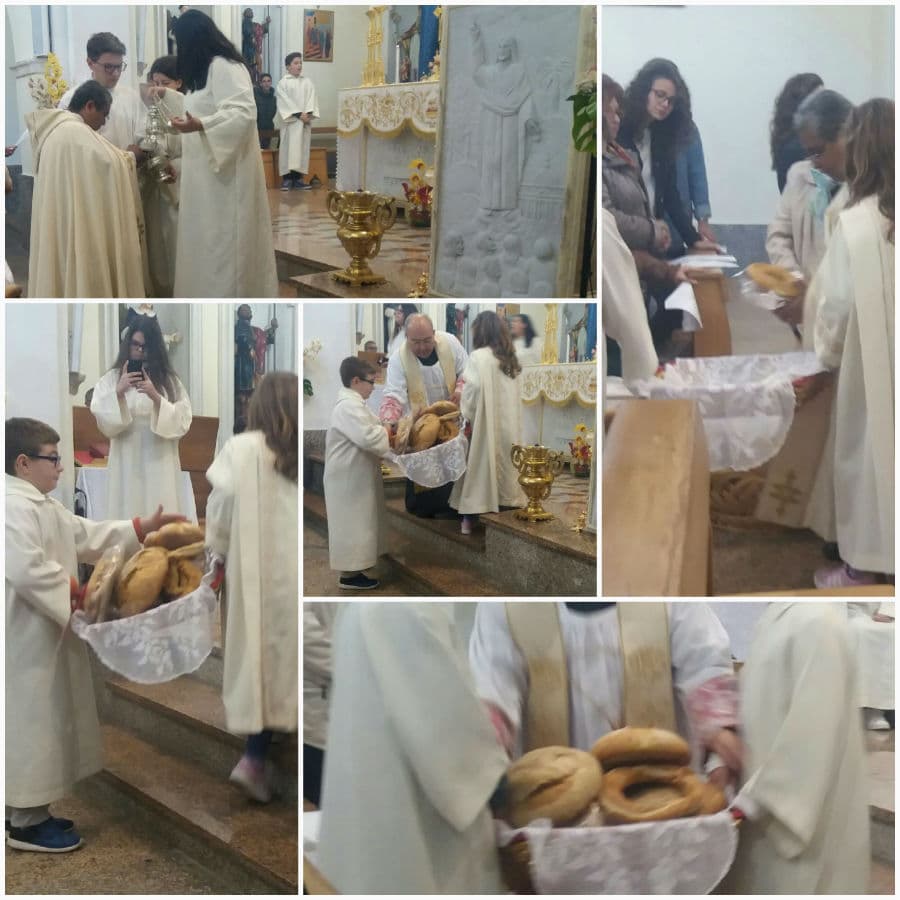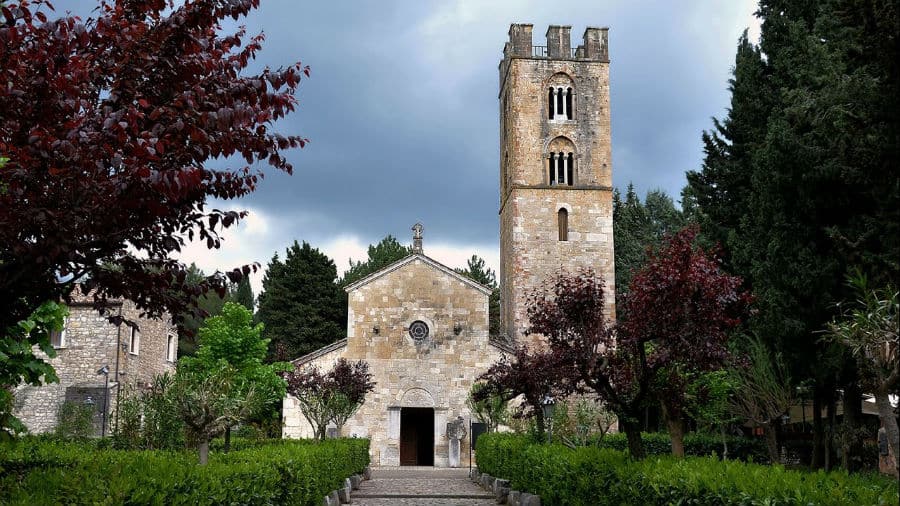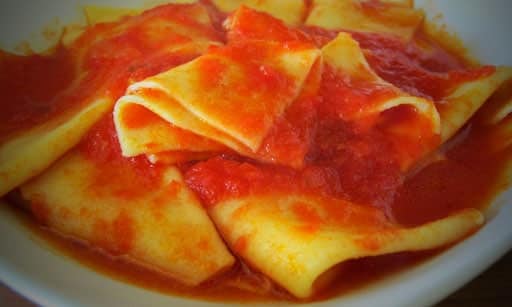On the origins of the name of Roccavivara there are two hypotheses, the first wants it derives from Rocca Bonnarii, referring to its founder, a certain Bonnario; the second that it comes from the Fortress of Vivara, referring to the contrada of Vivara still existing and bordering the municipality of Roccavivara. The low part of the agro Roccavivara offers ample evidence of the presence of inhabited centers at the time of Rome republican and imperial. Historical news tell us that in 1268 was the feudatory of Roccavivara Gualtiero of Vollers; he followed Bertrando Cantelmo, whose descendants held the domain until 1442. Subsequently the power passed to the Di Sangro, to the Carafa and Coppola until the abolition of feudalism. In the locality of San Fabiano was found a very interesting site: a Roman villa certainly built on a ground floor supported by a megalithic construction.
Of valuable historical-artistic value is the Sanctuary of Santa Maria in Canneto, that certainly deserves a visit.
Very interesting finally are the traditions linked to religious celebrations. Particular care in fact is put in the preparation and in the carrying out of the feast of Saint Joseph that occurs twice a year. The families that preserve the traditions handed down by the avi, invite you to lunch at the base of the stockfish and cereals on 19 March and meat-based on the first of May, three persons representing the Sacred Family. The feast is preceded by the Blessing of the bread that will be consumed by households.
Another tradition is that of Gallo di San Rocco. A rooster was placed in a manhole from which emerged only the head; the sight of onlookers, a person bandaged tried to kill the animal by vibrating a decisive blow to the rod. For some years the event takes place using a rooster imitation of plaster after repeated protests by animal rights activists.
Another important initiative pursued by many families, is the one called Sagne de la Madonna. The ceremony involves on the part devoted to send seven girls and an old lady in the locality of Santa Maria di Canneto. The group represents the sight of the Holy Virgin the desires and the intentions of the family. To return to the town is in fact find them a typical dish said The Sagn' de la Madonnas, homemade pasta seasoned with tomato sauce or vinegar and various spices. The meal is then distributed to the other rocchesi. At the altar with the decoration of the Madonna, runs a legend that the statue sorrida people really care to God, after the prayer of the mass.


